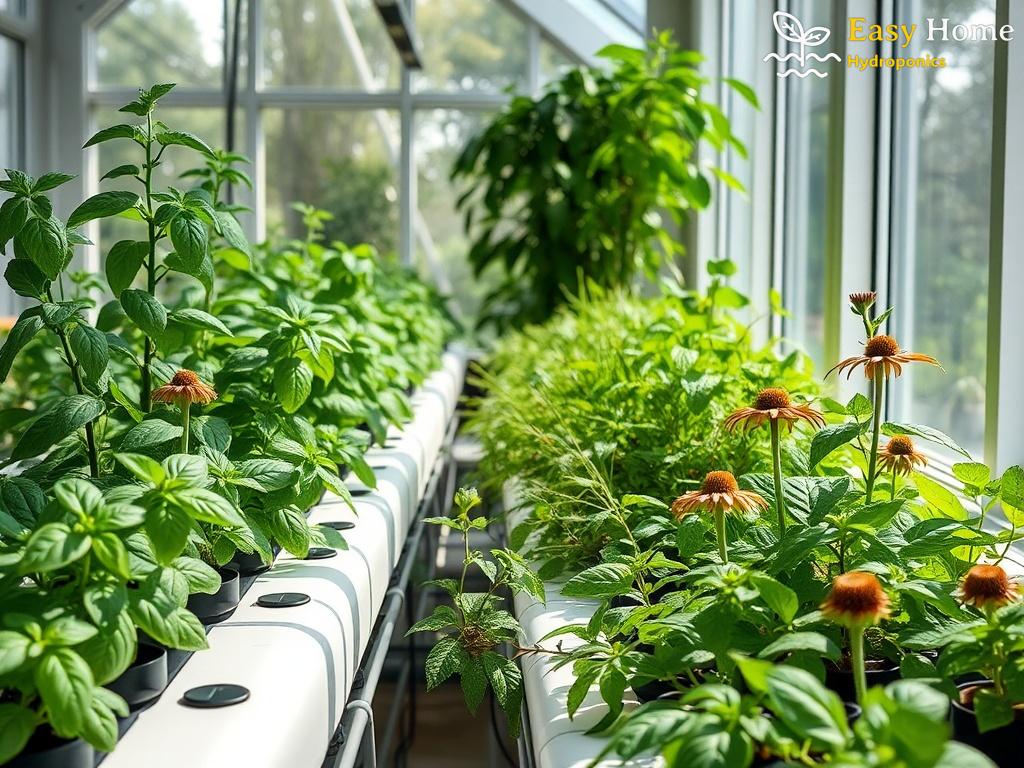Understanding the Basics of Hydroponic Nutrient Management

In a world striving for sustainability, home hydroponics emerges as an eco-friendly alternative to traditional gardening. By harnessing the power of water and nutrients, hydroponics allows us to grow fresh produce right in our homes. However, the success of this method relies heavily on effective nutrient management. It’s not just about growing plants; it’s about nurturing them sustainably.
At its core, hydroponics uses nutrient-rich solutions to feed plants directly through their roots, bypassing soil entirely. This method not only conserves water but also maximizes space and yields. Understanding the balance of essential nutrients is crucial to ensuring robust plant growth and a thriving system.
The Essential Nutrients for Hydroponic Success

Every plant needs a specific blend of nutrients to flourish. In hydroponics, this translates to a precise mixture of macro and micronutrients delivered through water. The ability to control these elements allows for healthier crops and less waste.
The following list outlines the primary nutrients essential for hydroponic gardening, along with their important roles:
- Nitrogen (N): Vital for leaf growth and overall plant vigor.
- Phosphorus (P): Crucial for root development and flowering.
- Potassium (K): Enhances fruit quality and disease resistance.
- Calcium (Ca): Strengthens cell walls and promotes root health.
- Magnesium (Mg): A core component of chlorophyll for photosynthesis.
- Sulfur (S): Important for protein synthesis and overall plant metabolism.
- Iron (Fe): Essential for chlorophyll synthesis and energy transfer.
Strategies for Sustainable Nutrient Management
Implementing sustainable practices in your hydroponic setup can lead to healthier plants and a reduced environmental impact. Here are some effective strategies:
Consider using organic nutrient solutions that are derived from natural sources. These not only provide the necessary nutrients but also promote a healthier ecosystem within your hydroponic system. Additionally, recycling nutrient solutions can significantly lower waste and costs.
Monitoring pH levels and electrical conductivity (EC) is critical in maintaining the nutrient balance. Regular checks will enable you to adjust your nutrient solution to meet the needs of your plants, ensuring optimal growth.
Finally, integrating companion planting can enhance nutrient uptake and deter pests naturally, creating a harmonious growing environment. By combining these strategies, you can create a sustainable hydroponic garden that thrives year-round.




